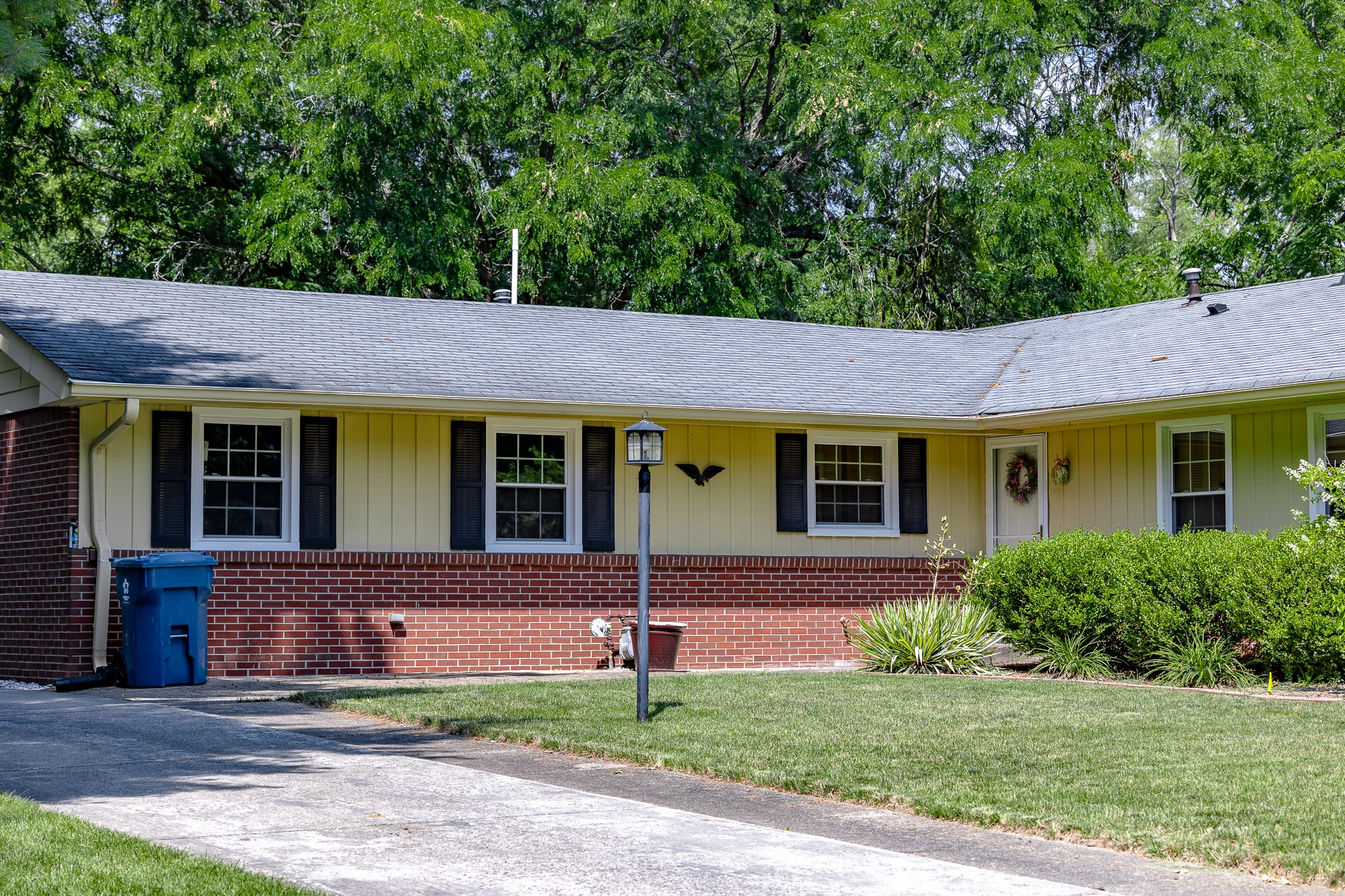Maintaining a healthy lawn requires more than just regular mowing and watering. Aeration is a crucial part of lawn care that helps your grass breathe and absorb essential nutrients. But when it comes to aeration, you have two main options: core aeration and liquid aeration. In this blog, we'll explore the differences between these two methods to help you decide which one is best for your lawn.
Core Aeration: Unveiling the Basics
Core aeration, also known as mechanical aeration, is a tried-and-true method for improving soil compaction and enhancing grass growth. Here's how it works:
1. Equipment: Core aeration involves using specialized machines known as aerators. These machines remove small plugs or cores of soil from your lawn, creating holes that allow air, water, and nutrients to penetrate the root zone more effectively.
2. Benefits:
-
Enhanced Soil Aeration: The removal of soil cores reduces compaction, allowing roots to access oxygen more easily.
-
Improved Nutrient Absorption: Nutrients, such as fertilizers, can penetrate the soil and reach the root zone more effectively.
-
Thicker Grass: Aeration encourages grass to spread and fill in bare spots, resulting in a denser, healthier lawn.
3. Timing: We recommend getting core aeration done in the fall when the grass is actively growing.

Liquid Aeration: A Modern Alternative
Liquid aeration is a newer method gaining popularity in the world of lawn care. Instead of physically removing soil cores, liquid aeration uses a liquid product that is sprayed onto the lawn. Here's what you need to know:
1. Application: Liquid aeration involves applying a special liquid solution that contains ingredients like surfactants and soil conditioners. These substances help break up compacted soil and improve soil structure.
2. Benefits:
-
Reduced Soil Compaction: Liquid aeration loosens soil without the need for mechanical equipment, making it a more eco-friendly option.
-
Enhanced Water Absorption: The solution allows water to penetrate the soil more easily, reducing runoff and promoting better water retention.
-
Improved Microbial Activity: Liquid aeration can stimulate microbial activity in the soil, further benefiting your lawn's health.
3. Timing: Although it can be done at various times throughout the year, we recommend opting for liquid aeration in the spring.

Choosing the Right Aeration Method for Your Lawn
The choice between core aeration and liquid aeration depends on several factors:
-
Soil Type: If you have heavy clay soil prone to compaction, core aeration may be more effective at breaking up the soil and improving aeration.
-
Lawn Size: For smaller lawns, liquid aeration might be more cost-effective and convenient, as it doesn't require heavy machinery.
-
Timing: Consider the best time to aerate your lawn based on its specific needs and your schedule.
-
Environmental Concerns: Liquid aeration is often seen as a greener alternative, as it avoids the use of heavy equipment.
In conclusion, both core aeration and liquid aeration offer valuable benefits for your lawn. The choice ultimately depends on your lawn's unique characteristics and your preferences. If you're unsure which method is right for you, consulting with a professional lawn care service can help you make an informed decision.
At Turf Kings, we offer both core aeration and liquid aeration services to cater to the specific needs of your lawn. Contact us today at (317) 350-1737 to schedule an aeration service that will rejuvenate your lawn and keep it looking its best all year round.


Comments (0)
Thanks for your comment!
Thanks for your feedback! Your comments have been successfully submitted! Please note, all comments require admin approval prior to display.
Error submitting comment!
There is a problem with your comment, please see below and try again.